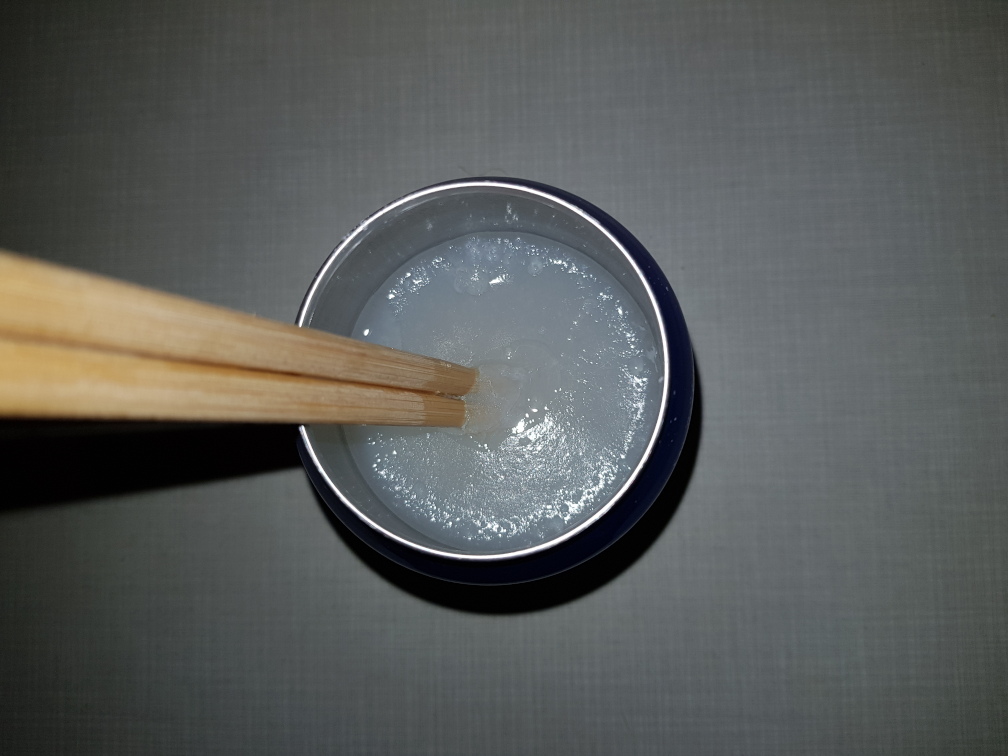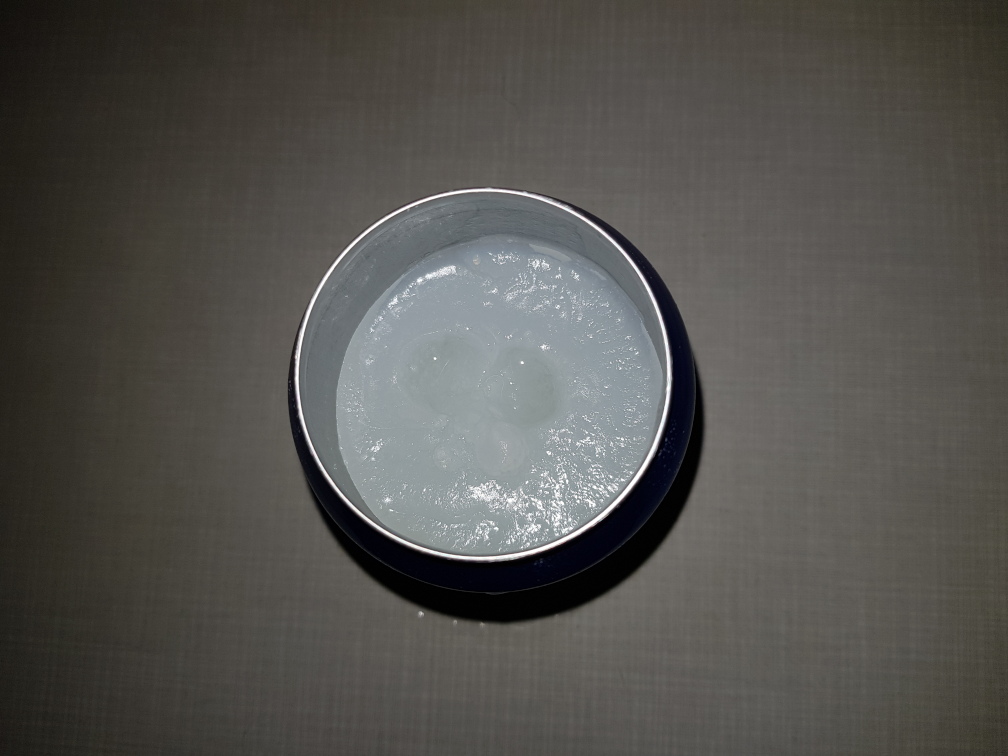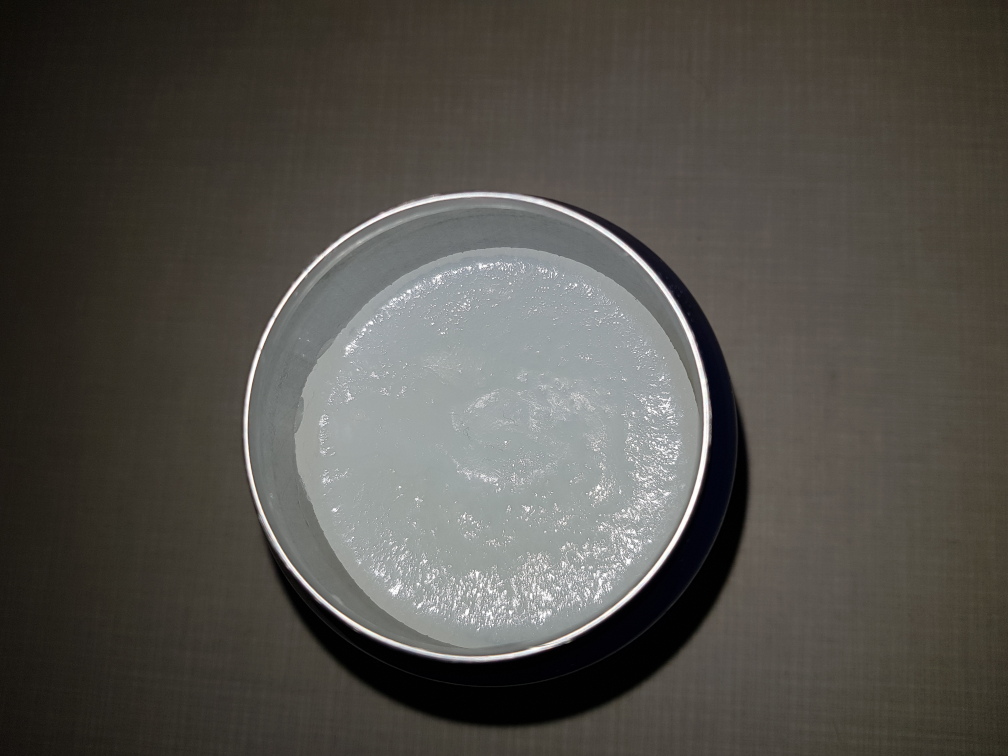Sunset today




Make sure you have a recent Arduino IDE, then…
| PIN on ArduinoISP | Function | PIN on target, standard 2x3 header |
|---|---|---|
| D12 | MISO | 1 (upper right) |
| 5V | 5V | 2 (lower right) |
| D13 | SCK | 3 (upper mid) |
| D11 | MOSI | 4 (lower mid) |
| D10 | Reset | 5 (upper left) |
| GND | GND | 6 (lower left) |
avrdude -p m88 -P /dev/ttyACM0 -c stk500v1 -b 19200 -U flash:w:YOURIMAGE.hex
Replace m88 (ATmega 88) with your target processor and /dev/ttyACM0 with whatever your ArduinoISP appears as.
Since I couldn’t find the information anywhere else, I’ll just leave it here: The cup that is included with the Optimus Svea gasoline stove has a usable volume of somewhere between 250 and 300ml (i.e. one cup of tea).
Versuchsreihe für DIY-Esbit-Ersatz aus Spiritus und Seife. Mit anderen Seifen sollte das genau so gehen, zwecks Reproduzierbarkeit mit den Mengenangaben aber konkrete Namensnennung (keine Werbung…).
Wichtiger Hinweis: Der Trockenbrennstoff verflüssigt sich beim Abbrennen oder unter starker Hitzeeinwirkung wieder. Man braucht also immer ein Schälchen, z.B. aus Alu. Ein Teelicht-Töpfchen bietet sich für kleine Kochvorhaben an. Außerdem gelten natürlich die üblichen Sicherheitshinweise zu Belüftung und Umgang mit brennbaren Substanzen.
Zutaten:
Spiritus in der Getränkedose im Wasserbad zum Sieden bringen, Seifenraspel rein, umrühren, abkühlen lassen.
| Seife | Ergebnis |
|---|---|
| 6 Gramm | durchsichtig, gelartig, flüssiger Spiritus tritt noch aus |
| 8 Gramm | ebenso |
| 10 Gramm | ebenso |
| 12 Gramm | fast fest, aber immer noch einfach mit Finger durchbohrbar |
| 14 Gramm | fest, Konsistenz ähnlich Fire Dragon Solid, Farbe deutlich wachsartig weiß |
| - | Abbruch, weil offenbar sweet spot gefunden |
–> Faustregel: 10 Gramm Kernseife pro 100ml Spiritus
6 Gramm

12 Gramm

14 Gramm

Das Ergebnis ist praktisch rußfrei.
Ich habe auch Versuchsreihen mit Calciumacetat durchgeführt - über den Umweg Calciumcarbonat + Essigessenz 25%, weil alle fünf kontaktierten Apotheken offenbar keine (vollkommen harmlosen) Gebrauchschemikalien mehr besorgen können, sondern nur abgepackte Medizin. Ich habe mich gefragt, wie Kinder heutzutage ihre Kosmos-Chemiekästen befüllen, aaaber die gibt es ja auch nicht mehr in ihrer ursprünglichen Form. Der C1000 beinhaltet ganze 7 Chemikalien - 3 davon sind 12g Waschsoda, 10g Zitronensäure und 1g Lackmus. Viel lernen kann man damit nicht.
… Was ich eigentlich sagen wollte: 10g Calciumcarbonat in 50ml Essigessenz 25% in einem breiten Gefäß auflösen, bis kein CO2 mehr sprudelt, und anschließend in 200ml Spiritus einrühren, ergibt die typische Schneeball/Slushie-Konsistenz. Das ganze wird aber nie trocken genug, um es draußen als Trockenbrennstoff mitzuführen. Auch eine Kombination mit der Kernseife oben funktioniert nicht, die Mischung härtet nicht mehr aus. Und generell scheint Calciumacetat die Brennintensität zu reduzieren, dafür aber die Brenndauer zu verlängern. Ist also eher was für Warmhaltestövchen.
I’ve added converted versions of the US army weight for height table to archive.